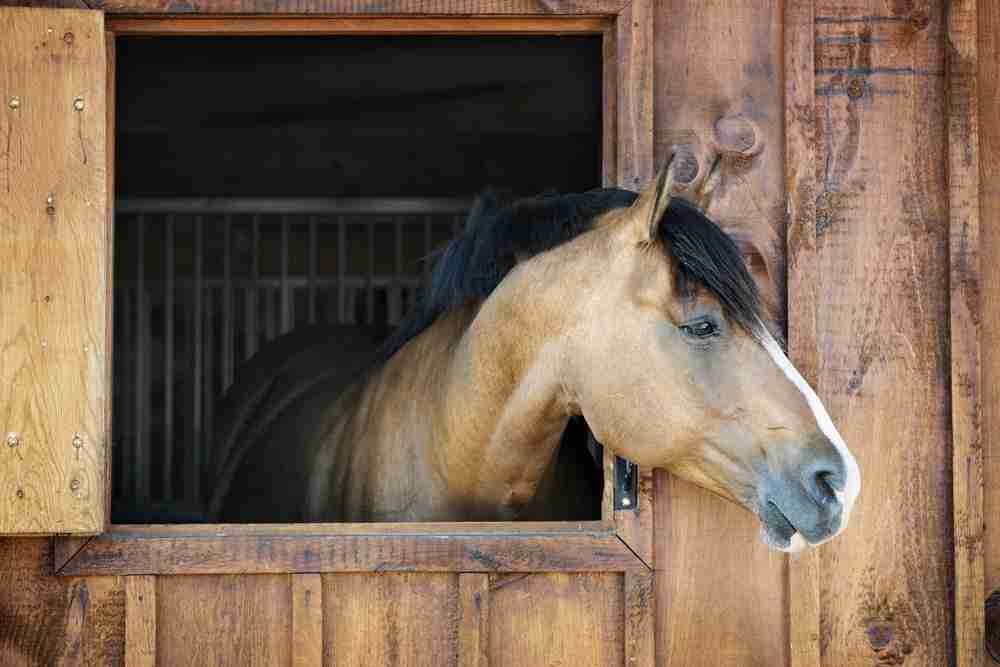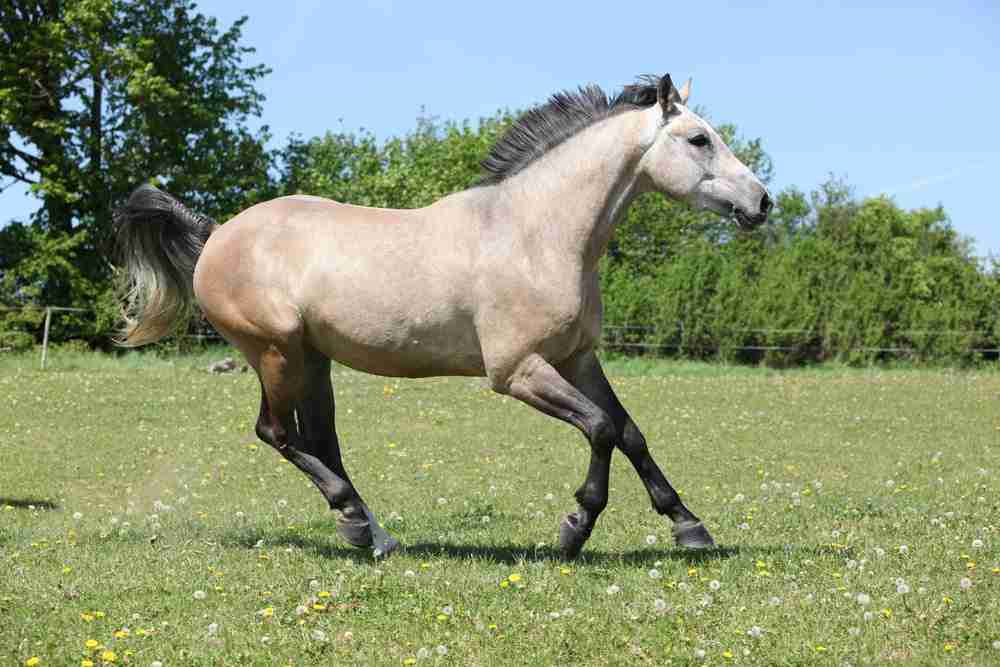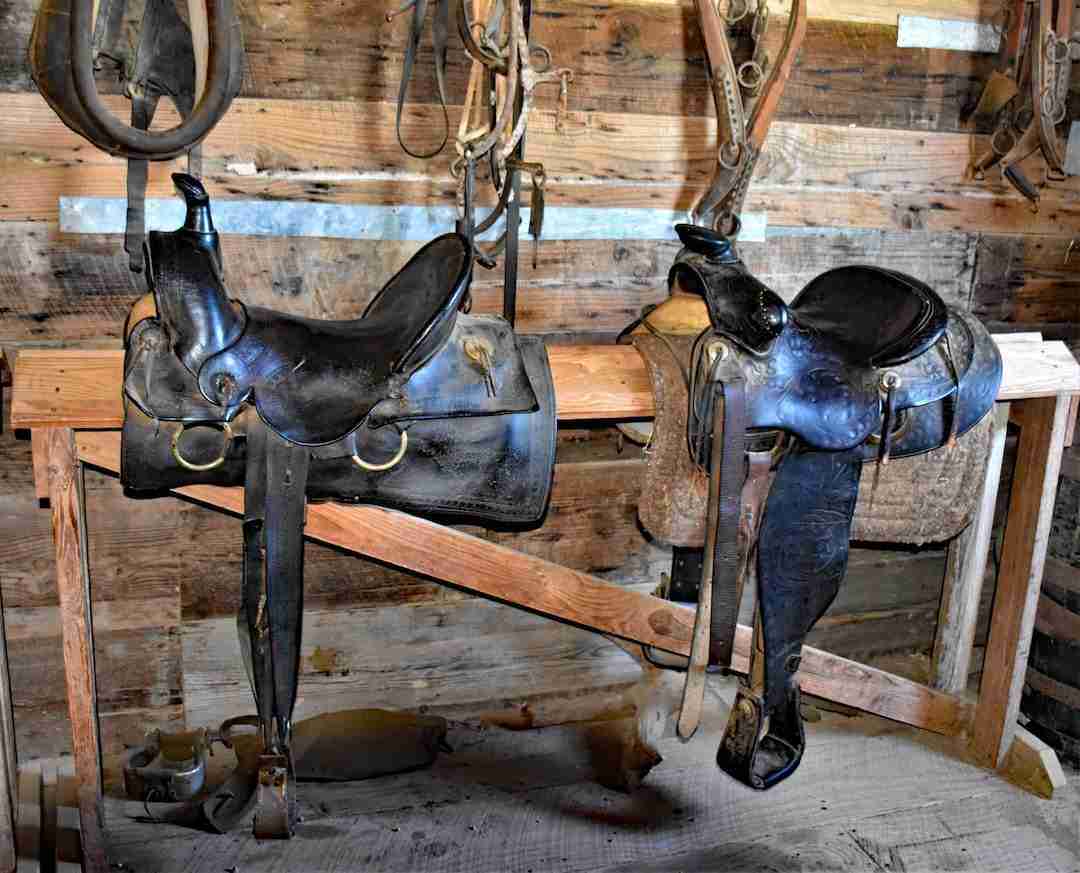Grulla Quarter horses are not a specific breed of horse; instead, they are any horse of a particular species with unique coat color. These horses have a distinct color pattern, and the sooty coloration in their manes and tails makes them stand out.
Grulla Quarter horses is known for their distinctive coloring, which includes dun markings, black legs, and no red hair. Each Grulla horse has two copies of the genes that control its primitive coloring; one holds the horse’s black color, while the other contains the dun pattern.
The Grulla quarter horse is desirable for its distinctive color patterns and clean look, but is there a different reason for this horse type to be so popular? Continue reading to find out more about Grulla quarter horses.
How Are Grulla Quarter Horses Bred?
Grulla quarter horses are uncommon and make up 1% or less of all American Quarter Horses registered. To achieve this color, a combination of specific genes must work together. The gene is not one of the primary base coat colors found in horses; instead, it is a dilution gene that affects how the base color is expressed.
Only by breeding a black stallion with a chestnut or dun mare will you be able to produce a horse with the Grulla coloration. Additionally, the dilution gene must be inherited from one of the parents to be present in the offspring.
When a dun gene is combined with a horse’s primary color, the result is a basic color that is less intense, which manifests as coat colors that are more muted. Additionally, it causes the black pigments in the coat to become more watered, resulting in a more grayish hue.
A Grulla can be obtained from any reputable breeder in the industry from whom you can purchase horses. There is also the option of conducting an internet search for Grulla horses and buying it online. A Grulla horse can be purchased anywhere from $5000 to $15,000.

Identifying Grulla Quarter Horses
The most obvious ways to identify a Grulla horse are a dark face, cobwebs around the eyes and forehead, dark mottling on the body, leg barring (also known as tiger striping), dark ear tips and edging, dark ear barring, dark shadowing on the neck, dark dorsal and transverse strips, and light guard hairs bordering a dark tail and mane.
The History Of Grulla Quarter Horse
The American Quarter Horse is a native American horse breed that was developed for speed over shorter distances. The name is from the fact that this breed of horse consistently wins quarter-mile or fewer competitions, where it has been timed at speeds of up to 44 miles per hour (70.8 kilometers per hour).
The Quarter Horse breed has a long history dating back to the 1600s. English Thoroughbred horses were first bred with a diverse range of native horses along the modern-day Atlantic coast of the United States in the 1600s. That was the first step toward developing the modern American Thoroughbred.
The colonies’ “Quarter Horse” status is mainly due to the introduction of Thoroughbred genes, such as those contributed by Janus. Janus was a Thoroughbred stallion who got brought to Colonial America. He was recognized as a foundation sire of the American Quarter Horse due to his quickness and compact conformation.
This breeding program resulted in a miniature, rugged, fast horse used as a workhorse during the week and a racehorse on weekends. As flat racing gained popularity in the colonies, the Quarter Horse thrived as a sprinter over shorter courses than the classic racecourses of England. These routes were frequently just a long stretch of a paved road or a flat field.
Local sprinters usually won when pitted against thoroughbreds. Many colonial Grulla Quarter Horses were included in the first American stud books that traced the evolution of the Thoroughbred breed.
The Thoroughbred breed has a long history with the animal that would become known as the “Quarter Horse.” The horse earned this nickname due to its dominance in races lasting 1/4 mile.
Grulla Quarter Horse Color History
The word “Grulla” translates to “crane” in Spanish, so it is a little bit of a mystery how it became associated with the color of a horse’s coat. However, it most certainly does not originate from the distinctive physical characteristics you observe on these horses.
It is believed that the Grulla-colored tarpan, a relative of the domestic horse that went extinct in the nineteenth century, had Grulla coloring. Therefore, the tarpan was a domestic horse relative. However, the tarpan has traditionally been regarded as a genuine wild horse, a relative or ancestor of the domestic horse that has not been domesticated.
On the other hand, a number of authorities in the early 20th century believed that the vast majority of equines referred to as tarpans were domestic or wild horses and not separate species. As a result, attempts have been made to “breed back” the tarpan, developing several breeds with the Grulla color.
The Heck horse and the Konik are both examples of these breeds. James Cossar Ewart conducted one of the earliest studies on this topic, which he published in 1906. In this study, he obtained a horse with characteristics similar to a tarpan by breeding a Shetland mare with a black Welsh pony.

About Grulla Quarter Horse Health
There is no evidence that a Grulla horse’s gene pool impacts the horse’s health. As long as the Grulla horse is given the proper attention and care, it ought to be just as sturdy as any other horse.
The lifespan of an American Grulla quarter horse can vary but, on average, is between 25 – 35 years, but they can live to be older than that at times. This standard lifespan does not apply to all Grulla Quarter HorseQuarter Horses because it depends on additional factors.
Maintain proper nutrition and care for your horse by providing it with specialized nutrients and a balanced diet. Even though they can maintain their massive size on a relatively small amount of food, they still need a highly individualized diet.
If you choose the “free-feeding” method for your horse, it is still important to feed your horse high-quality horse supplements that will benefit your horse tremendously. In addition, your horse mustn’t overeat because gaining too much weight can make it difficult to exercise and have negative long-term health issues.
A minimum of 15 – 20 minutes should be spent walking your horse daily to ensure it stays in good health. Problems with the joints, muscle atrophy, constipation, and obesity are all symptoms seen in horses that are not given enough exercise.

Grulla Quarter Horse Characteristics
The head of the Quarter Horse is small and refined, and it has a relatively straight profile. The body of the Quarter Horse is robust and well-muscled, with a broad chest and powerful, rounded hindquarters. They typically stand between 56 to 64 inches tall (142 to 163 cm), even though some Halter-type and English hunter-type horses can reach a height of 68 inches (173 cm).
There are two primary body types, which are known respectively as stock and hunter or racing. Stock horses are characterized by their short stature, compact build, stocky appearance, and well-developed muscles; however, they are not slow. Compared to stock horses, quarter horses are significantly taller and more muscular, which has led to them being compared to Thoroughbreds.
Other Articles To Read:

What Horse Breeds Can Have Grulla Coat Color
The Grulla coloration is a rare coloration that can be found in many different horse breeds. The table below will show you which horse breeds can have the Grulla coloration.
| French Saddle Pony | Criollo Horse | Kentucky Mountain Saddle Horse |
| Kiger Mustang | Tennessee Walking Horse | Missouri Fox Trotter |
| Nokota Horse | Pryor Mountain Mustang | Appaloosa |
| Mangalarga Marchador Horse | Irish Draught Horse | Sandalwood Pony |
| Carolina Marsh Tacky | Irish Draught Horse | Nordlandshest/Lyngshest |
| Swiss Warmblood (Einsiedler | American Walking Pony | Ob Pony (Prior) |
| German Riding Pony | Australian Pony | Curly Horse |
| Florida Cracker Horse | Azteca Horse | Spanish Mustang |
| Heck Horse | Gotland Pony | Kazakh Horse |
| Sorraia Horse | Spanish Jennet Horse | American Quarter Horse |
Grulla Quarter Horse Genetic Diseases
Many diseases can affect grulla quarter horse breeds which include: Hyperkalemic periodic paralysis (HYPP), Malignant hyperthermia (MH), Glycogen branching enzyme deficiency (GBED), Hereditary equine regional dermal asthenia (HERDA), Equine polysaccharide storage myopathy (PSSM), Lethal white syndrome (OWLS), and Cleft palate.
Hyperkalemic Periodic Paralysis (HYPP)
A genetic mutation causes muscular HYPP. This mutation interferes with the sodium ion channel, resulting in elevated blood potassium levels (hyperkalemia). As a result, the muscles can contract with greater ease than usual.
A horse with HYPP is at risk of collapsing unexpectedly due to muscle tremors or paralysis. In the worst cases, they are at risk of dying from cardiac arrest or respiratory failure.
Malignant Hyperthermia (MH)
Malignant hyperthermia (MH) is an infrequent autosomal dominant disorder. In horses, it is a potentially fatal condition caused by certain anesthetic drugs (such as halothane, isoflurane, and succinylcholine) and, in rare cases, stress or excitement. This genetic disorder has been discovered in Quarter Horses and American Paint Horses.
Glycogen Branching Enzyme Deficiency (GBED)
Clinicians at the University of Minnesota were the first to discover GBED, a disorder that causes muscle weakness in grulla quarter horse and other closely related breeds. There are numerous ways in which this disease can manifest itself.
GBED describes circumstances in which a woman has a miscarriage or a stillbirth at a late gestational age. According to the most recent research, GBED is responsible for at least three percent of all miscarriages in Grulla quarter horses.
Hereditary Equine Regional Dermal Asthenia (HERDA)
Appaloosas and quarter horses can be affected by hereditary equine regional dermal asthenia, a genetic skin disease. This condition can be passed down to the next generation. Scarring along the back and withers, as well as loose, sagging skin, are all signs of HERDA.
Severe skin wounds are another symptom. When a horse is first trained to carry a saddle, usually between the ages of one and three, the symptoms above appear.
Polysaccharide Storage Myopathy (PSSM)
PSSM1 is an abnormal accumulation of the standard form of sugar stored in muscle (glycogen) and a strange form of sugar (amylase-resistant polysaccharide) in muscle tissue. PSSM1 horses, by definition, have a distinct genetic mutation in the gene.
Thousands of Grulla quarter horses have been identified as having tying-up due to polysaccharide accumulation in the muscles. The mutation causes this glycogen synthase enzyme to be overactive, especially in the presence of insulin, resulting in constant glycogen production.
Lethal White Syndrome (OWLS)
OLWS is a genetic mutation that causes white markings in horses. A foal must have two copies of the mutated gene. As a result, blue eyes and a white coat are born with the colts. In addition, small black markings on these foals’ heads, manes, or tails are possible.
Except for their distinctive coloring, the foals appear normal at birth. However, signs of colic appear after a while because the colts cannot pass feces. In addition, because the intestines do not fully develop, this disease occurs.
OLWS does not affect every completely white foal. White foals may be carriers of the gene or have another white coat color gene.
Cleft Palate Disease
Cleft palate affects humans and most domestic animals at a rate of 0.6 per 1000 births. Cleft palates occur when either the primary (involving the nose and lips) or secondary (involving the cheeks and gums) palate is damaged (the hard and soft palate).
Cleft palate horses have their soft palates split caudally, usually in two-thirds. Secondary defects occur when the lateral palatine processes do not fuse in the midline. A fusion from the head to the tail happens on day 47 of a pregnant horse’s development.
Conclusion
Grulla quarter horse has not a specific breed but rather a coloration. These horses have a dark coat and coloring, dun markings all over their bodies, black legs, and no red hair anywhere on their bodies. Each Grulla quarter horse has two copies of the genes that control its primitive coloring, one for black and one for dun. The black gene is dominant, while the dun gene is recessive.
Resources









